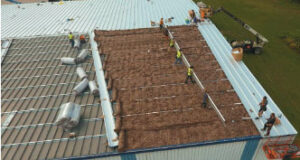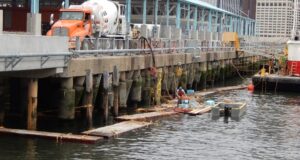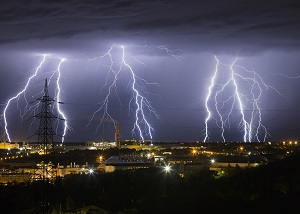
The only certainty about the future may just be uncertainty.
Now more than ever is time to think differently about the future — about how we prepare for and respond to natural, societal, and economic risks. How can ports, communities, and governments survive, recover, adapt, and thrive when facing unprecedented risks?
Ports are inherently at risk. Their very position on the water make them vulnerable to climate change that may jeopardize their future. We need integrated strategies that advance resiliency while addressing complex, multi-faceted issues such as competing resource demands, climate change, extreme events, environmental impacts, aging infrastructure, and evolving operational demands.
Resilience is an attribute of a smarter port and it requires planning and adapting ahead of and through challenges to emerge stronger. Resilient solutions help leaders and organizations alike strengthen and safeguard their facilities and assets, save money, fuel growth, and secure a more prosperous future.
When port infrastructure and surrounding facilities are designed to be resilient and adaptive, they are able to withstand, recover quickly and evolve to meet the increasing impacts of climate change, as well as natural disasters and human-made hazards. Our resilient future begins by thinking beyond one-dimensional response solutions and instead approaching these challenges holistically, with a collective commitment to improve our social, environmental, structural and economic resiliency.
—Patrick King, Global Director for Ports & Maritime
Jacobs
Keeping businesses, cities and whole communities safe, resilient and adaptable to change is part of the important work we at Jacobs do every day.
Learn how we’ve helped our clients:
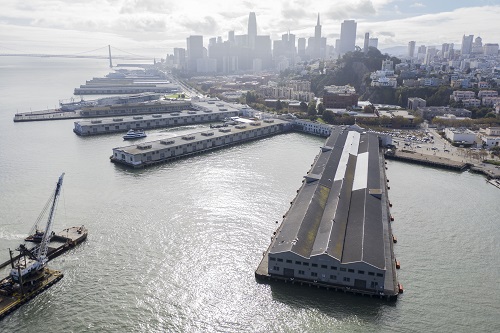
The Port of San Francisco Waterfront Resiliency Program
With sea level on the rise and the ever increasing risk of an earthquake, we are helping the Port of San Francisco preserve and fortify 7.5 miles of the San Francisco Waterfront, including the 100-year-old Embarcadero Seawall for resilience to earthquakes and floods and adapt to rising sea levels. A Multi-Hazard Risk Assessment was undertaken to quantify these risks and consequences. It evaluates how two primary hazards – seismic activity from an earthquake and coastal flooding due to extreme storms and sea-level rise – could cause damage and disrupt safety and disaster response efforts as well as impact many of the daily functions along the three and a half miles of San Francisco’s bayside waterfront. Findings generated by the MHRA will be used to help guide investment decisions to mitigate these risks over the coming decades.
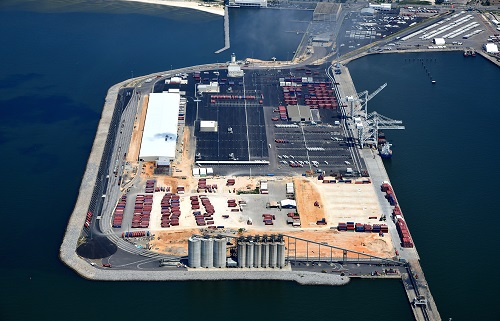
Port of Gulfport Restoration Program
After the devastating Hurricane Katrina in 2005, we helped the Mississippi State Port Authority build back bigger and stronger. The Port of Gulfport Restoration Program (PGRP) included reconstruction of the Port’s original 80 acre bulk and break-bulk facilities and development of 80 acres of new container terminals, road and rail facilities, plus permitting to allow for 160 acres of future expansion. We began our support of the PGRP with a master plan update in 2007 and proudly cut the ribbon on the completed 160 acre facility in 2017.
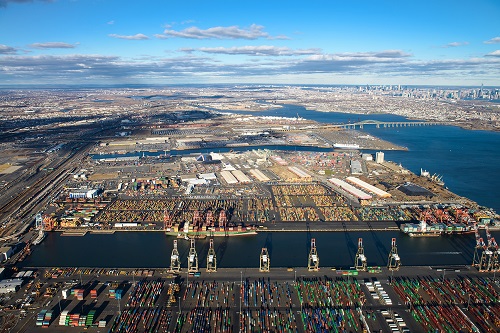
Port of New York & New Jersey Wharf Rehabilitation Program
We are helping the Port Authority of New York & New Jersey replace their aging wharf infrastructure to increase capacity and prepare for climate change. This begins with a feasibility study and a prioritization plan for the replacement of the waterfront structures for five port facilities in the NYC region over a 30-year period. In addition to enabling the 30-year Port Master Plan, the Wharf Replacement Program will include an implementation plan that is based on: condition, climate change, resiliency, lease arrangements, capacity, cost, and maintenance of operations.
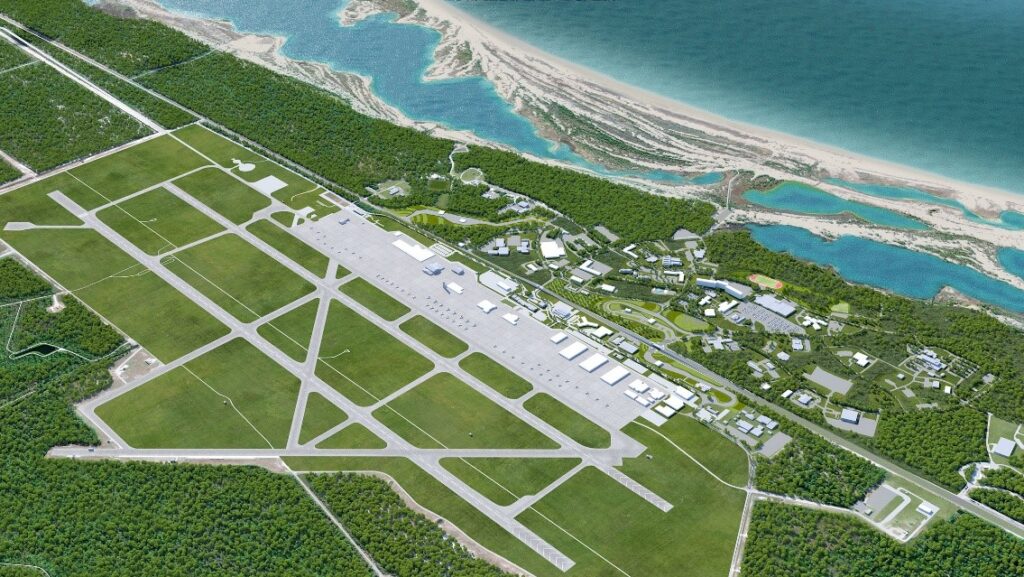
Tyndall Air Force Base Hurricane Michael Recovery Program
Jacobs supported Tyndall Air Force Base’s massive rebuild following damage to 100% of its assets by Hurricane Michael in October 2018. Jacobs joined the emergency response effort in March of 2019 with the overall intent to rebuild the base to be a more resilient and sustainable installation as well as to incorporate smart technologies into the reconstructed projects. The result is a resilient, sustainable and smart “Installation of the Future” with nature-based solutions.
It’s time to think differently about the future — about how we prepare for and respond to natural, societal, and economic risks. Jacobs delivers comprehensive infrastructure, technology and intelligent solutions to help governments, communities, and businesses survive, recover, adapt and thrive regardless of the challenge.
Find out more about our Resiliency andPorts & Maritime solutions.
Contact us at [email protected] to see how can we help identify the right solutions for your challenges.
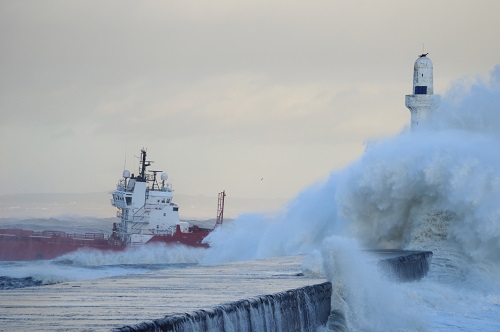

At Jacobs, we’re challenging today to reinvent tomorrow by solving the world’s most critical problems for thriving cities, resilient environments, mission-critical outcomes, operational advancement, scientific discovery and cutting-edge manufacturing, turning abstract ideas into realities that transform the world for good. With approximately $14 billion in revenue and a talent force of more than 55,000, Jacobs provides a full spectrum of professional services including consulting, technical, scientific and project delivery for the government and private sector.
Jacobs ranks as the #1 Marine and Port Facilities firm in Engineering News Record’s rankings. As one of the largest ports and maritime consultancies in the world, we have an extensive in-house global maritime group, providing our clients with unrivaled marine analysis, assessment, planning, design, development, project management, and project delivery services. We hold marine design, engineering, and construction-related services contracts with clients around the world, providing us with extensive experience within the marine, port, and waterfront industry.
Visit jacobs.com and connect with Jacobs on Facebook, Instagram, LinkedIn and Twitter.
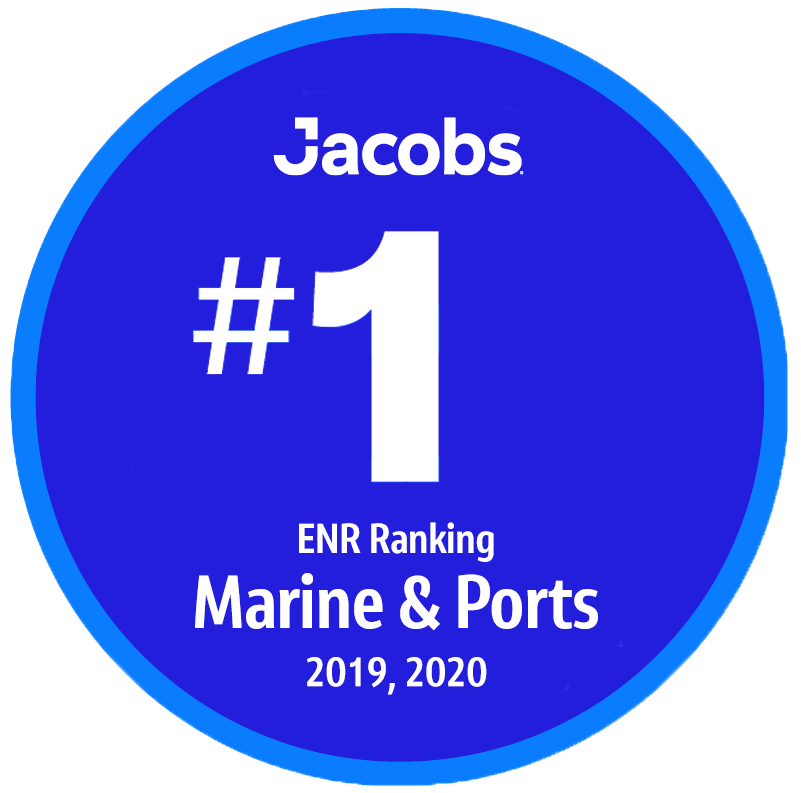
 AAPA Seaports
AAPA Seaports
